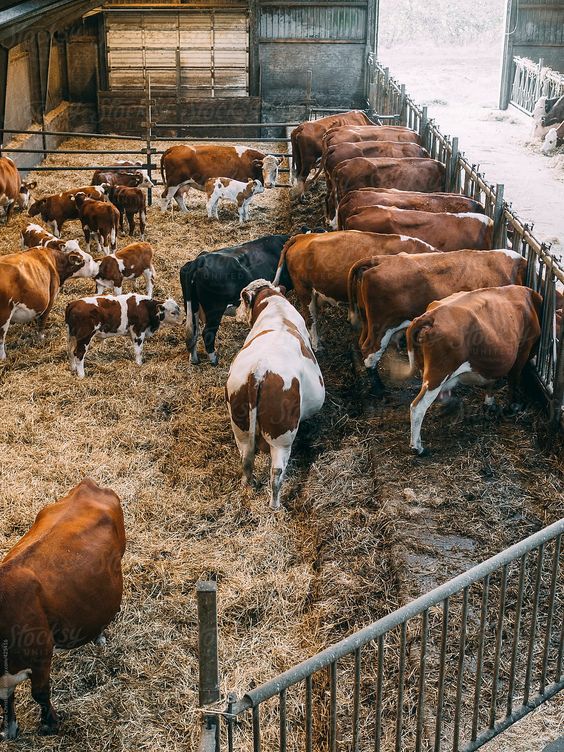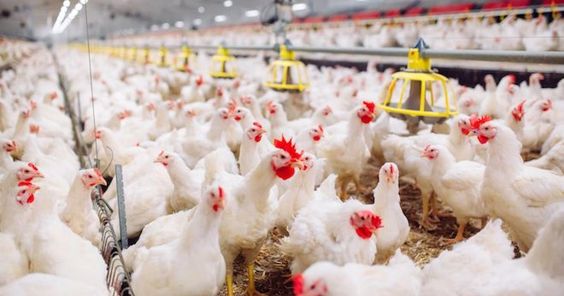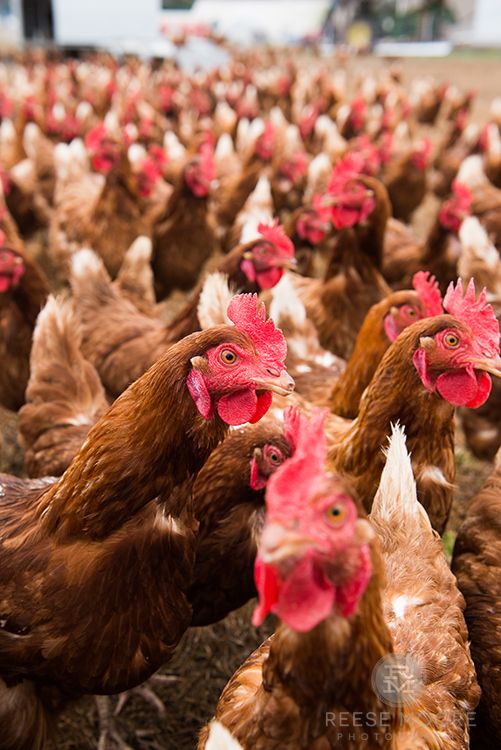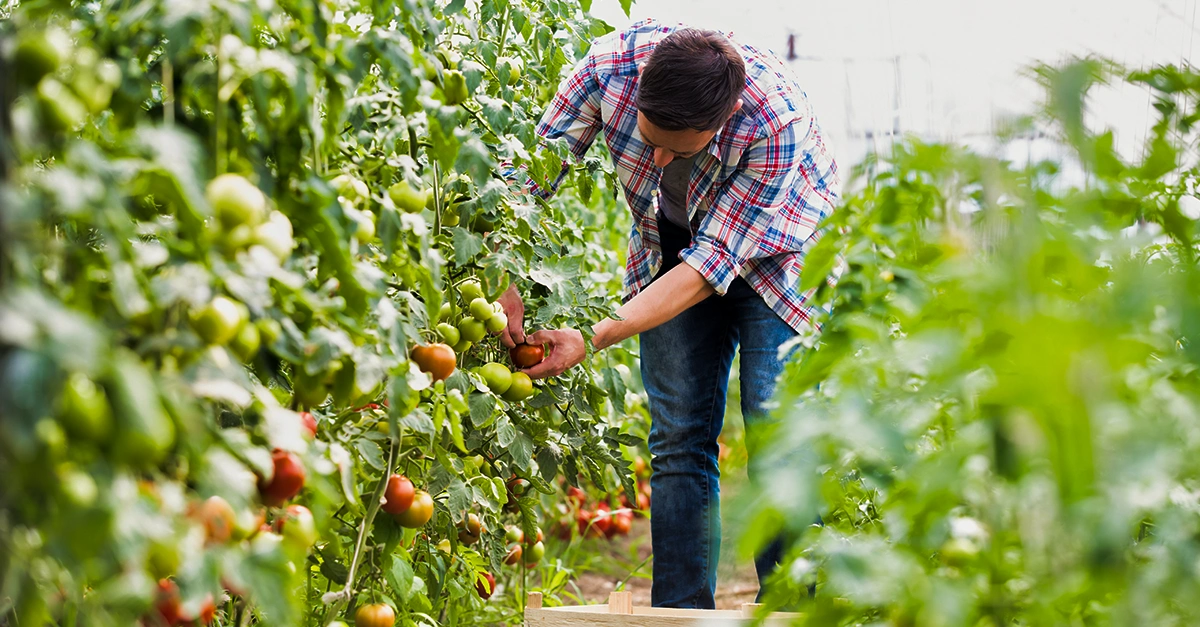Supercharge Your Steaks: The Science of Cattle Fattening for Marbled Beef
Cattle fattening, also known as beef finishing, is the final stage in the production of beef cattle. It’s the process of raising young, weaned calves on a specifically designed diet to promote rapid weight gain and improve meat quality. This period is crucial for shaping the final product – tender, flavorful beef with desirable marbling (flecks of fat within the muscle).
Why is Cattle Fattening Important?
Cattle fattening plays a vital role in the beef industry by:
- Enhancing Meat Quality: Fattening regimes significantly influence the tenderness, juiciness, and flavor of beef. Marbling, the intramuscular fat deposition, is a key indicator of quality, and fattening diets are formulated to promote this characteristic.
- Optimizing Growth and Efficiency: Fattening programs aim to maximize weight gain in cattle within a specific timeframe. This translates to efficient use of resources and faster turnaround times for farmers.
- Meeting Market Demands: Consumer preferences for tender, well-marbled beef are a driving force behind cattle fattening practices. Farmers cater to these demands by implementing strategic feeding programs.
Different Cattle Fattening Systems
There are two primary cattle fattening systems:
-
Feedlot Finishing: This is the most common method, where cattle are housed in confined feeding areas called feedlots. They are provided a controlled diet, typically high in grains and concentrates, to promote rapid weight gain and marbling. Feedlots can be large-scale operations housing thousands of cattle or smaller set-ups managed by individual farmers.
-
Pasture Finishing: This method utilizes pastures for grazing cattle during the fattening period. While pastures provide roughage (high-fiber forage), they often lack the energy density of feedlot diets. To compensate, farmers may supplement grazing with concentrate feeds to achieve desired weight gain and marbling. Pasture finishing is generally considered a more natural approach, potentially yielding beef with a different flavor profile.
The choice between feedlot and pasture finishing depends on various factors like:
- Economic Considerations: Feedlot diets can be expensive, and feed costs significantly impact profitability. Pasture finishing offers a cost-effective option if good quality pastures are available.
- Market Requirements: Certain markets might have specific preferences for pasture-raised beef, influencing the chosen fattening system.
- Climate and Resources: Pasture finishing is best suited for regions with favorable climates that support year-round grazing.
Key Considerations in Cattle Fattening
- Cattle Selection: The breed, age, and overall health of the animal significantly impact fattening success. Farmers typically select young, healthy calves with good genetic potential for weight gain and marbling.
- Diet Formulation: The cornerstone of cattle fattening is a well-balanced diet that provides the necessary nutrients for optimal growth and marbling development. Feed rations typically include a combination of:
- Energy Sources: Grains like corn and barley provide readily available energy for weight gain.
- Protein Sources: Soybean meal, corn gluten meal, and other protein supplements are crucial for muscle development.
- Roughage: Hay, silage, or pasture grazing offer essential fiber for digestive health.
- Vitamins and Minerals: Supplements ensure cattle receive all the necessary micronutrients for optimal health and performance.
- Additives: Certain feed additives, like ionophores, can improve feed efficiency and rumen function.
- Animal Health and Management: Regular veterinary checkups, vaccinations, and parasite control are essential for maintaining good cattle health during the fattening period. Additionally, providing clean water, comfortable housing (in feedlots), and proper space allowance are crucial for animal welfare.
- Monitoring and Adjustment: Cattle weight gain, feed intake, and overall health are regularly monitored throughout the fattening period. This allows farmers to adjust feeding programs or address any health issues promptly.
The Science Behind Cattle Fattening
The process of fattening cattle involves complex physiological changes. High-energy diets stimulate insulin production, promoting the deposition of fat throughout the animal’s body, including intramuscularly (marbling). Additionally, fatty acids from the diet are directly incorporated into muscle tissue, influencing the final flavor profile of the beef.
Factors like breed genetics and the specific feed composition play a significant role in marbling development. Certain cattle breeds, like Angus and Wagyu, are known for their superior marbling potential. Likewise, diets rich in unsaturated fatty acids tend to promote more desirable marbling.






